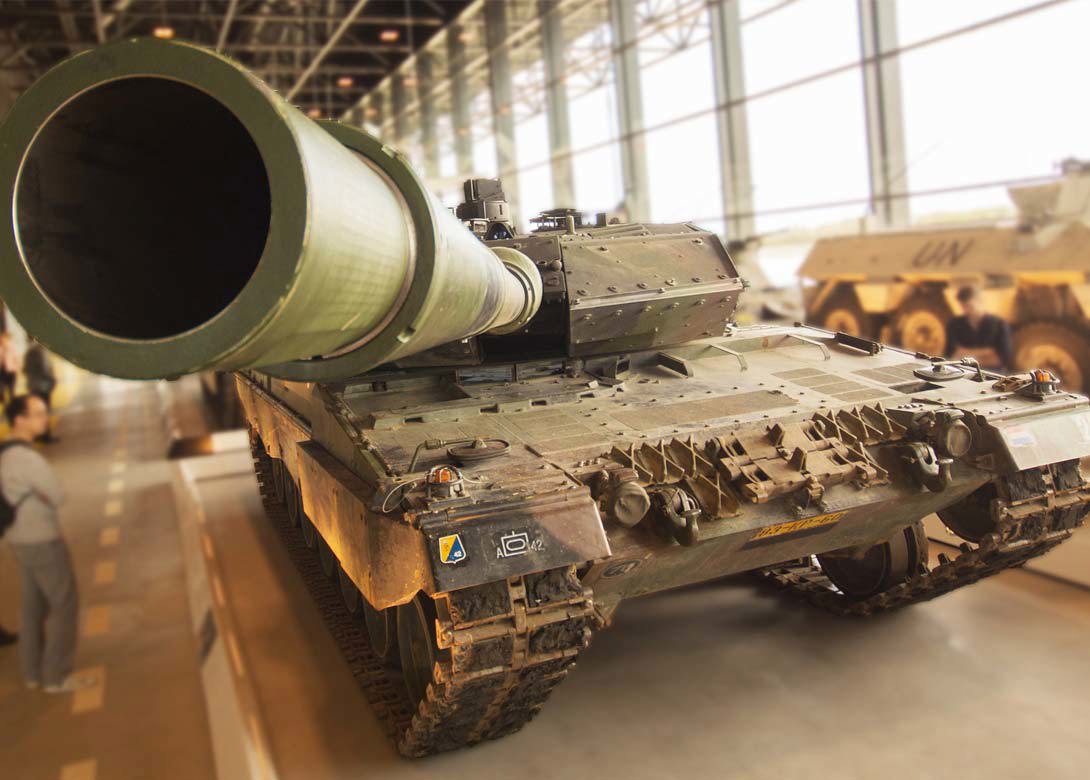
By Dr Bill Eccles, Bolt Science
Self-loosening of bolts and nuts is extremely common. In some situations it is an inconvenience, in others, disastrous consequences can arise. When bolts do come loose, it is due to specific causes, address those causes, and loosening will not occur. A case study investigating the reason why bolt loosening was occurring on a drive sprocket on a tracked vehicle has just been published on the Bolt Science website.
It is known that self-loosening is usually the result of the bolts providing insufficient bolt preload to prevent joint movement. Relaxation losses will reduce the preload, to some extent. If the shear forces applied to the joint then exceed the friction grip capability, some transverse joint displacement will occur. What the case study investigates using the BOLTCALC program is whether there is sufficient bolt preload to prevent joint movement. In general for the vast majority of joints, preventing joint movement from occurring will prevent self-loosening.
In many analyses the difficulty can be in establishing what are the forces acting on the joint and on individual regions of the joint associated with each bolt. Establishing the forces acting on a joint is often not a trivial matter. The case study gives an overview of this process.
A cross section through the joint is shown. Besides checking whether the bolt preload is adequate, a thread stripping analysis will also be completed. Partial thread stripping can also cause bolts to come loose.
The joint analysis indicates that local joint slip is likely to occur. The preload requirement chart is shown below for the application. It may be decided that some form of locking device could be used to prevent the self-loosening from occurring, that is, prevent the rotation of the bolt. The issue can be is that if this loading was repeatedly applied, the bolt would be sustaining a bending stress as a result of the head being dragged sidewards. A loosening issue could then be replaced by a bolt fatigue issue maybe after a few months in service.
To resolve the issue completely, the minimum preload must be greater than the total preload requirement. So, to resolve the problem you can increase the minimum preload (larger bolt, stronger bolt, better tightening process etc.) or decrease the preload requirement (by reducing the shear force or increasing the interface friction).
Reducing the shear force could be achieved by placing restrictions on the performance of the vehicle (which may be unacceptable to the end user) or increasing the number of bolts in the joint. Increasing the number of bolts would be an expensive option. Increasing the minimum preload could be achieved by increasing the bolt size, but again, this would be an expensive service fix. What the case study goes on to investigate is how the problem can be resolved by optimising the tightening torque and increasing the bolt strength, a solution to the loosening problem can be obtained.
Read more:
Case study using metric units: https://www.boltscience.com/pages/BOLTCALC_Loosening_Case_Study_Metric.htm
Case study using inch units: https://www.boltscience.com/pages/BOLTCALC_Loosening_Case_Study_Inch.htm

Having spent a decade in the fastener industry experiencing every facet – from steel mills, fastener manufacturers, wholesalers, distributors, as well as machinery builders and plating + coating companies, Claire has developed an in-depth knowledge of all things fasteners.
Alongside visiting numerous companies, exhibitions and conferences around the world, Claire has also interviewed high profile figures – focusing on key topics impacting the sector and making sure readers stay up to date with the latest developments within the industry.
Don't have an account? Sign Up
Signing up to FastFixTechnology.com enables you to manage your account details.